Smoking Techniques for BBQ Beef Ribs
Ready to elevate your grilling game? Today, we’re diving into the smoky, savory world of BBQ beef ribs. Whether you’re a seasoned pitmaster or a backyard BBQ newbie, these smoking techniques for BBQ beef ribs will have you serving up ribs that are fall-off-the-bone tender and packed with flavor. Let’s fire up those smokers and get ready for a rib-tastic adventure!
Setting Up Your Smoker
Choosing the Right Smoker
Selecting the right smoker is essential for achieving perfect BBQ beef ribs. The most popular types of smokers include offset smokers, pellet smokers, electric smokers, and kamado grills. Each has its own advantages. Offset smokers offer excellent smoke flavor, while pellet smokers provide precise temperature control. Electric smokers are user-friendly, and kamado grills are versatile and efficient.
Offset Smokers
Offset smokers are a favorite among traditional BBQ enthusiasts. They feature a horizontal cooking chamber with a firebox attached to the side. This design allows for indirect cooking, which is ideal for low and slow smoking.
The wood or charcoal in the firebox generates smoke and heat, which circulates through the cooking chamber, imparting a rich smoky flavor to the meat. Offset smokers require more attention and skill to maintain a consistent temperature, but they reward patience with unmatched flavor.

Pellet Smokers
Pellet smokers have gained popularity for their ease of use and precise temperature control. They use wood pellets as fuel, which are automatically fed into a firebox by an auger. An electronic controller regulates the temperature, making it easy to achieve consistent results.
Pellet smokers can be set to specific temperatures, allowing for both low-and-slow smoking and higher-temperature grilling. They are perfect for those who want convenience without compromising on flavor.
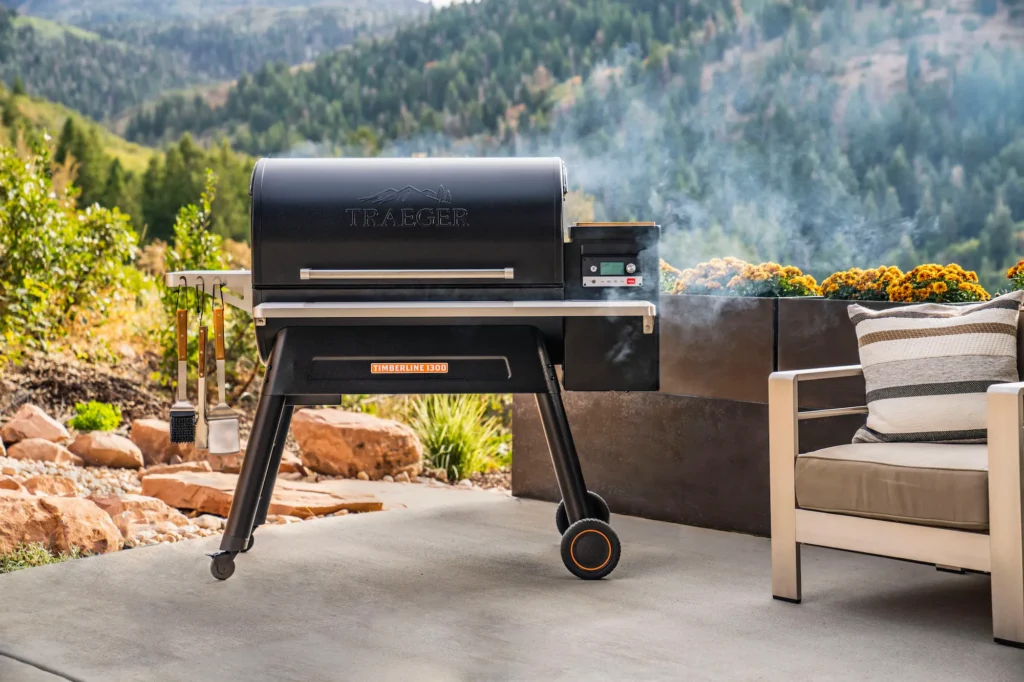
Electric Smokers
Electric smokers are the most user-friendly option, making them perfect for beginners. They use an electric heating element to generate heat, and wood chips or chunks are added to produce smoke.
Electric smokers often come with digital controls, allowing you to set and maintain precise temperatures. While they may not provide as intense a smoky flavor as wood or charcoal smokers, they are incredibly convenient and require minimal supervision.
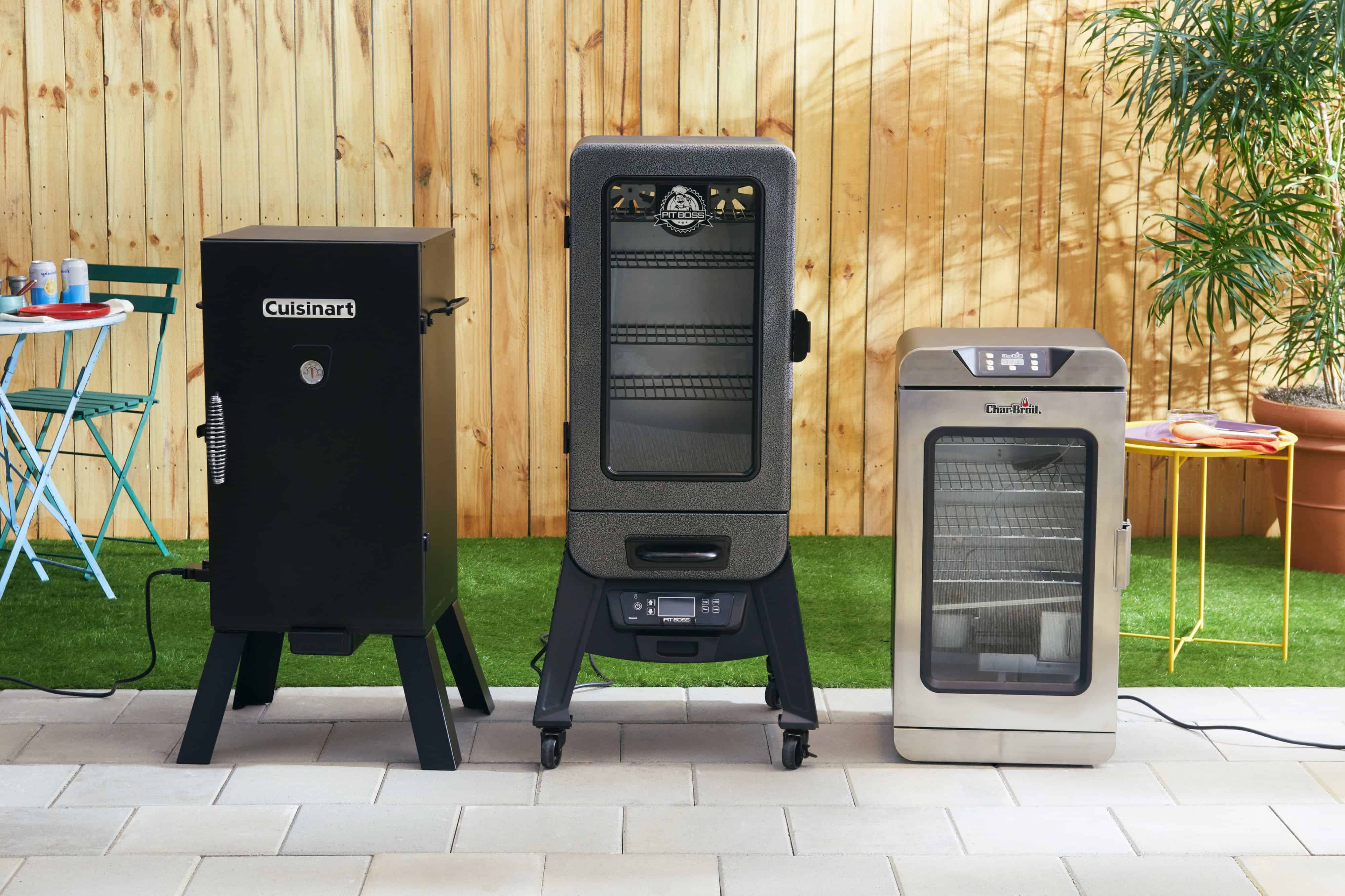
Kamado Grills
Kamado grills are versatile cookers that can be used for smoking, grilling, roasting, and even baking. Made from ceramic, they retain heat exceptionally well and allow for precise temperature control.
Kamado grills use charcoal as fuel and can reach very high temperatures, making them suitable for a variety of cooking techniques. Their ability to maintain steady low temperatures for extended periods makes them ideal for smoking beef ribs.

Preparing the Smoker
Before smoking your beef ribs, ensure your smoker is clean and properly set up. Start by removing any old ash and debris from previous cooking sessions. Place a water pan inside the smoker to maintain moisture and stabilize temperature. Preheat the smoker to your desired temperature, typically around 225°F (107°C) for beef ribs.
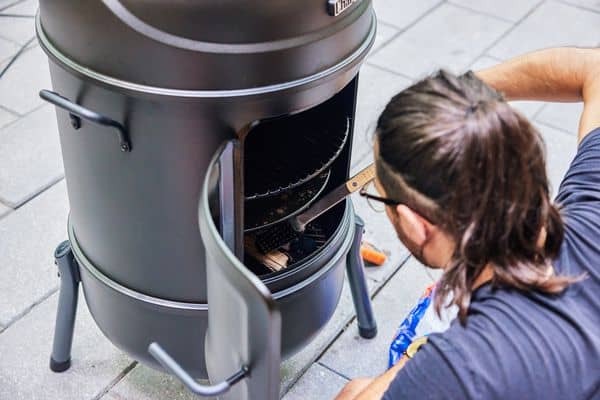
- Cleaning and Maintenance: Regular maintenance of your smoker is crucial for optimal performance and flavor. After each use, clean out any ash and grease buildup. Use a wire brush to scrub the grates, and wipe down the interior with a damp cloth. For more thorough cleaning, disassemble removable parts and wash them with warm soapy water. Keeping your smoker clean not only ensures better-tasting food but also extends the life of your equipment.
- Seasoning the Smoker: Seasoning your smoker before its first use is important to remove any manufacturing residues and create a protective coating. To season, coat the interior surfaces with a thin layer of cooking oil and heat the smoker to 275-300°F (135-149°C) for a few hours. This process helps to prevent rust and enhances the smoker’s performance.
Maintaining Temperature
Maintaining a consistent temperature is crucial for smoking beef ribs. Use a reliable thermometer to monitor the internal temperature of the smoker. Adjust the vents to control airflow and keep the temperature steady. Regularly check the fuel supply to ensure continuous heat, and avoid opening the smoker too frequently to prevent heat loss.

- Using Thermometers: Invest in a high-quality dual-probe thermometer to monitor both the smoker’s internal temperature and the meat’s internal temperature. Place one probe near the ribs, but not touching them, to get an accurate reading of the cooking environment. Insert the second probe into the thickest part of the ribs to track their progress. This method helps you avoid guesswork and ensures your ribs are cooked to perfection.
- Managing Airflow: Controlling the airflow in your smoker is key to maintaining a stable temperature. Adjust the intake and exhaust vents to regulate the flow of oxygen. Opening the intake vent increases the temperature by allowing more oxygen to fuel the fire, while closing it reduces the temperature. The exhaust vent should remain partially open to allow smoke to escape and prevent bitter flavors from developing.
- Fuel Management: Different smokers require different types of fuel. For charcoal smokers, use high-quality lump charcoal or briquettes for a consistent burn. For wood smokers, choose seasoned hardwood logs or chunks that produce clean, flavorful smoke. In pellet smokers, use food-grade wood pellets specifically designed for smoking. Keep an eye on the fuel levels and replenish as needed to maintain a steady temperature throughout the smoking process.
Choosing the Right Wood
Hickory
Hickory is a popular choice for smoking beef ribs due to its strong, smoky flavor. It imparts a robust taste that complements the rich flavor of beef. However, be cautious with the quantity, as too much hickory can overpower the meat.
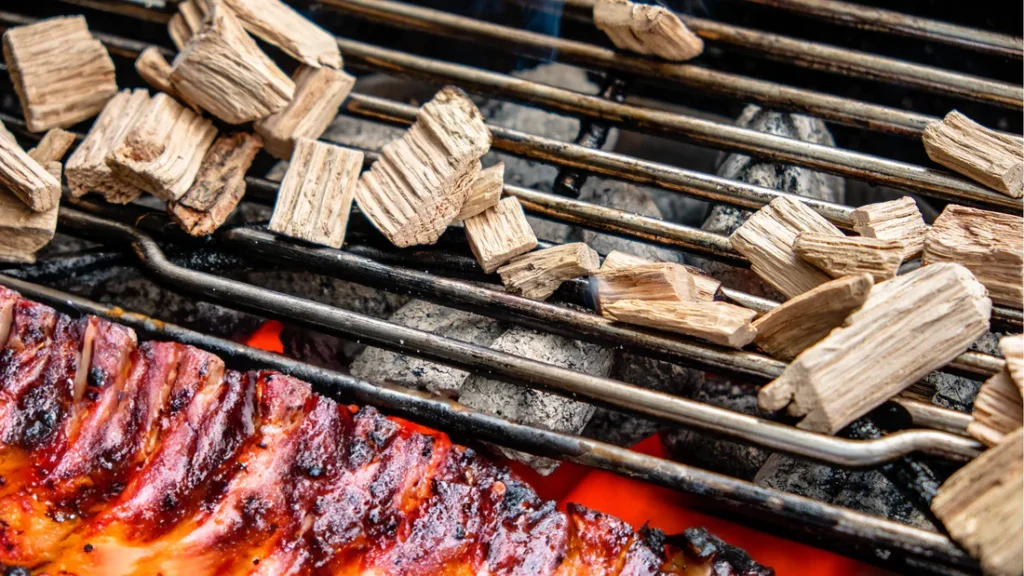
- Flavor Profile: Hickory wood produces a dense, earthy smoke that pairs exceptionally well with the bold taste of beef ribs. It is known for its ability to infuse meat with a deep, bacon-like flavor. Because of its intensity, it’s best to use hickory in moderation or mix it with milder woods to achieve a balanced smoke profile.
- Usage Tips: When using hickory, start with a small amount and gradually increase if desired. Soak the wood chunks or chips in water for about 30 minutes before adding them to the smoker. This helps them smolder and produce a consistent smoke. Avoid using green or unseasoned hickory, as it can produce a bitter taste.
Oak
Oak is another excellent wood for smoking beef ribs. It offers a medium to strong flavor without being too intense. Oak is versatile and burns evenly, making it a reliable option for long smoking sessions.

- Flavor Profile: Oak provides a well-balanced, smoky flavor that enhances the natural taste of beef ribs. It is less intense than hickory but still offers a noticeable smokiness. Oak’s steady burn rate and consistent smoke production make it a favorite among pitmasters for low-and-slow cooking.
- Usage Tips: Red oak and white oak are both suitable for smoking. Red oak tends to have a slightly sweeter flavor, while white oak is more neutral. Use oak wood chunks or logs in your smoker, and avoid using wood that has been treated or painted. Preheat the oak logs before adding them to the firebox to ensure a clean burn.
Fruitwoods
Fruitwoods like apple, cherry, and peach provide a milder, sweeter smoke flavor. They add a subtle sweetness to the beef ribs without overwhelming the natural taste of the meat. Fruitwoods are great for those who prefer a less intense smoke profile.
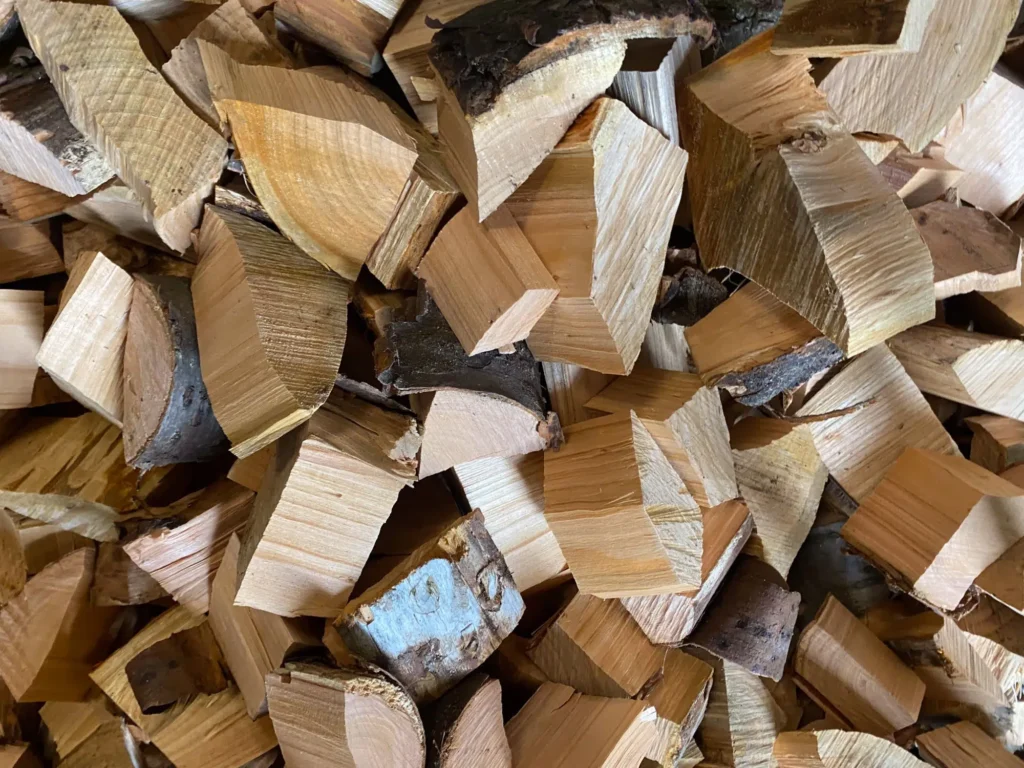
- Apple Wood: Apple wood produces a light, fruity smoke that pairs beautifully with beef ribs. It adds a hint of sweetness and a mild smoky flavor. Apple wood is particularly good for those who enjoy a delicate balance of flavors.
- Cherry Wood: Cherry wood offers a slightly stronger smoke than apple, with a subtle sweetness and a hint of tartness. It creates a deep, mahogany-colored bark on the ribs, which is visually appealing and adds to the overall flavor profile.
- Peach Wood: Peach wood provides a mild, sweet smoke that is similar to apple but with a unique fruity aroma. It is less commonly used but offers a delightful twist on traditional smoking woods. Peach wood is ideal for those looking to experiment with different flavor profiles.
Smoking Times and Temperatures
Short Ribs Smoking Time
Short ribs are thick and meaty, requiring longer smoking times. Smoke short ribs at 225°F (107°C) for about 6-8 hours. The internal temperature should reach 195°F (90°C) to ensure tenderness. Wrapping the ribs in foil halfway through the smoking process can help retain moisture.
Smoking Process: Begin by seasoning the short ribs with your favorite rub. Preheat the smoker to 225°F (107°C) and place the ribs on the grill grates. Smoke for 3-4 hours, then wrap the ribs in aluminum foil with a splash of beef broth or apple juice to maintain moisture. Continue smoking for another 3-4 hours until the internal temperature reaches 195°F (90°C). Let the ribs rest for 30 minutes before serving.
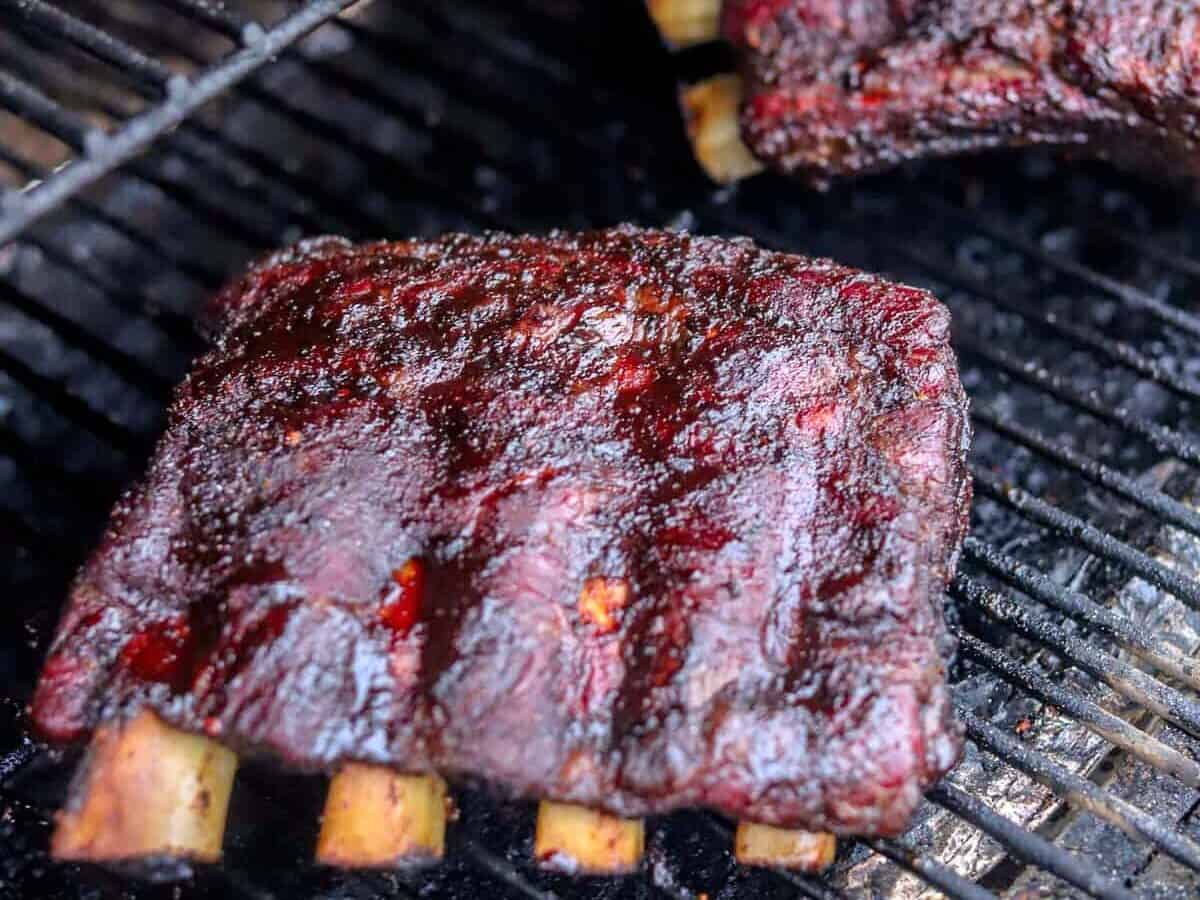
Back Ribs Smoking Time
Back ribs are leaner and cook faster than short ribs. Smoke back ribs at 225°F (107°C) for approximately 5-6 hours. Aim for an internal temperature of 190°F (88°C). To enhance flavor, consider applying a mop sauce every hour during the smoking process.
Smoking Process: Season the back ribs with a dry rub and preheat the smoker to 225°F (107°C). Place the ribs on the smoker and cook for 2-3 hours. During this time, apply a mop sauce every hour to keep the ribs moist and flavorful. After 2-3 hours, wrap the ribs in foil and continue smoking for another 2-3 hours until they reach an internal temperature of 190°F (88°C). Allow the ribs to rest for 20 minutes before cutting into them.

Plate Ribs Smoking Time
Plate ribs are larger and require extended smoking times. Smoke plate ribs at 225°F (107°C) for 8-10 hours. The internal temperature should reach 200°F (93°C). These ribs benefit from a long, slow cook to break down the connective tissues and achieve a melt-in-your-mouth texture.
Smoking Process: Prepare the plate ribs by applying a generous amount of rub. Preheat the smoker to 225°F (107°C) and place the ribs on the grates. Smoke the ribs for 4-5 hours, then wrap them in butcher paper or aluminum foil. Continue smoking for another 4-5 hours until the internal temperature reaches 200°F (93°C). Let the ribs rest for at least 45 minutes before serving to allow the juices to redistribute.

Conclusion
Mastering the art of smoking BBQ beef ribs involves choosing the right smoker, preparing it correctly, maintaining a consistent temperature, and selecting the appropriate wood. By understanding the specific smoking times and temperatures for different types of beef ribs, you can achieve tender, flavorful, and perfectly smoked ribs that will impress your guests at any BBQ party. Enjoy the process and savor the delicious results of your efforts.
With these detailed steps and tips, you’ll be well on your way to becoming a BBQ beef ribs expert, ready to host unforgettable cookouts that your friends and family will rave about. Happy smoking!
Disclosure: Our blog contains affiliate links to products. We may receive a commission for purchases made through these links. However, this does not impact our reviews and comparisons. We try our best to keep things fair and balanced, in order to help you make the best choice for you.
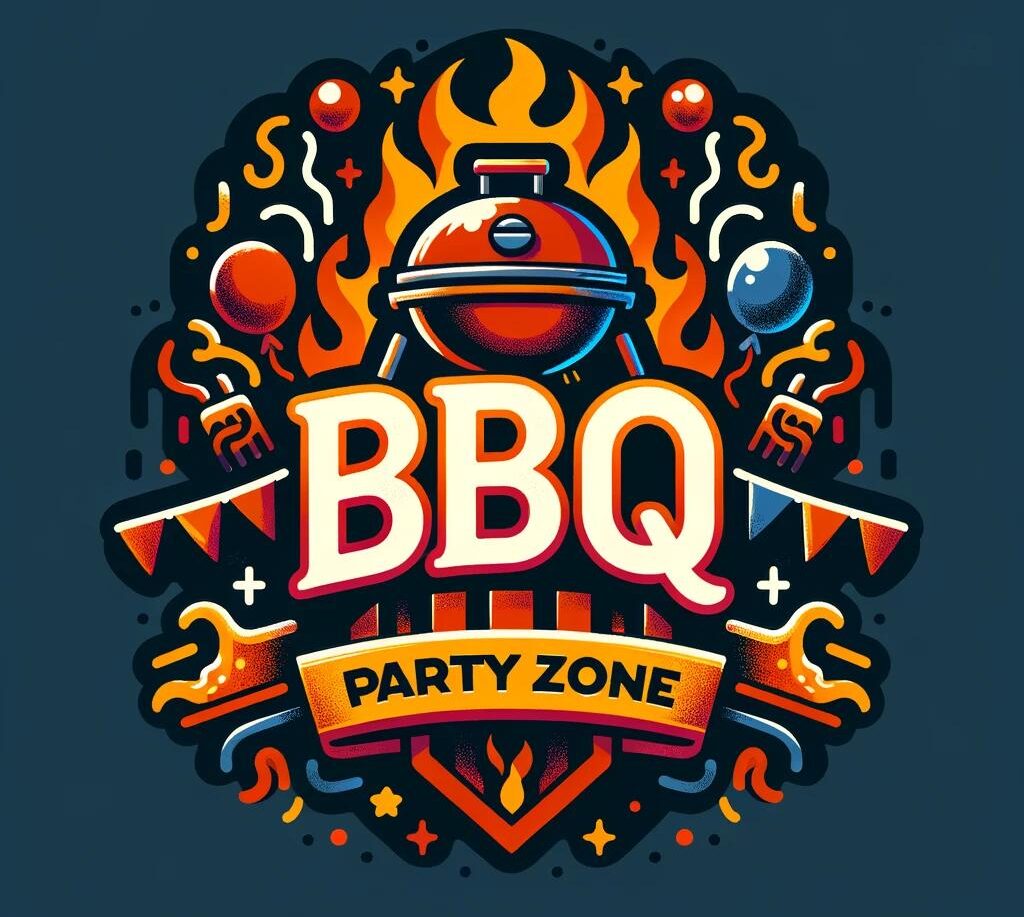


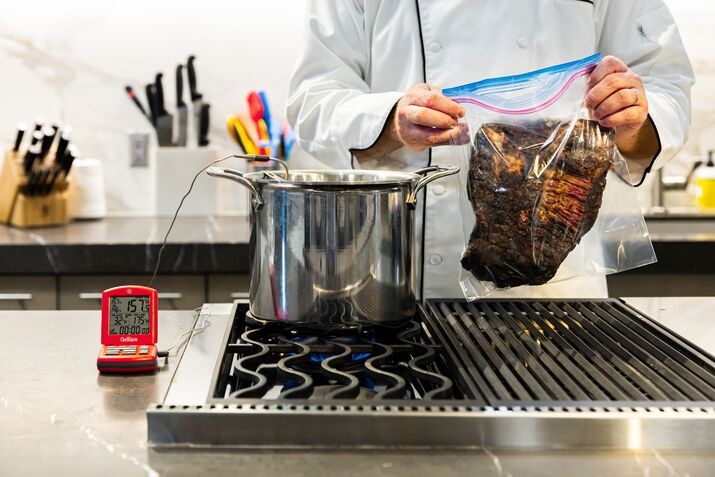
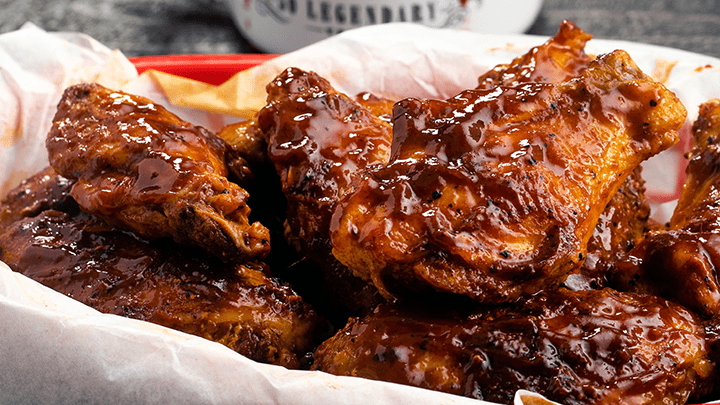
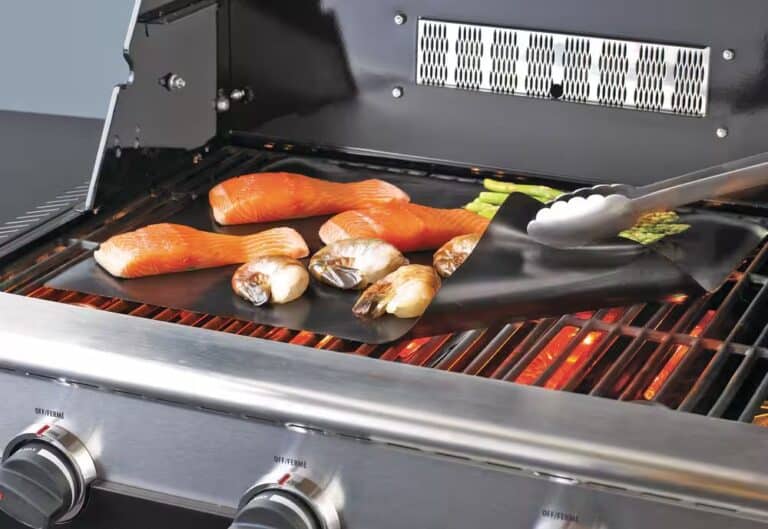
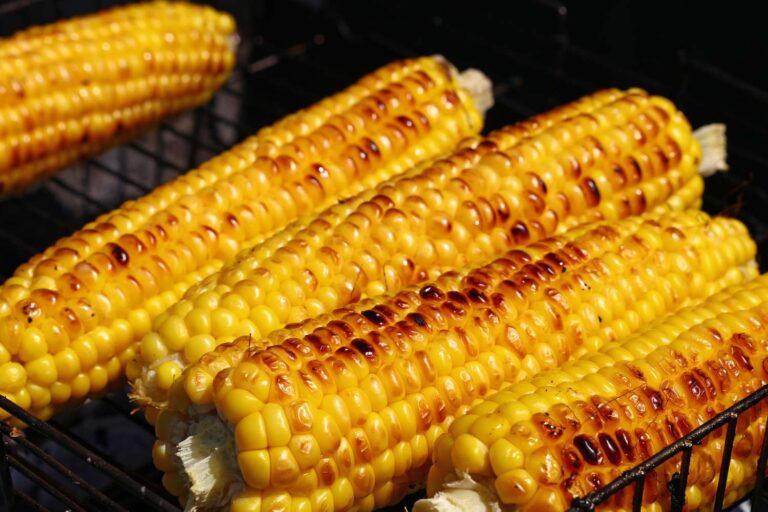
3 Comments